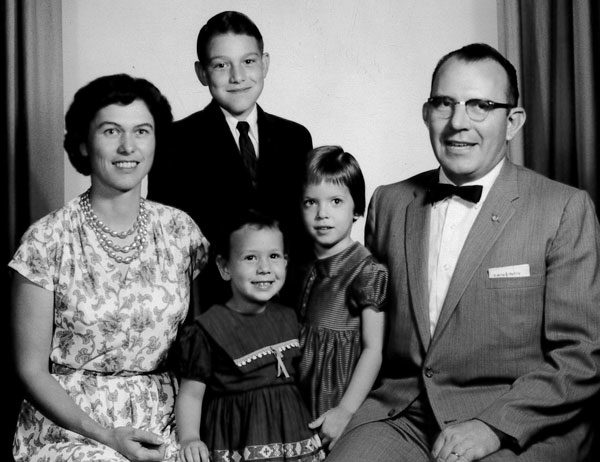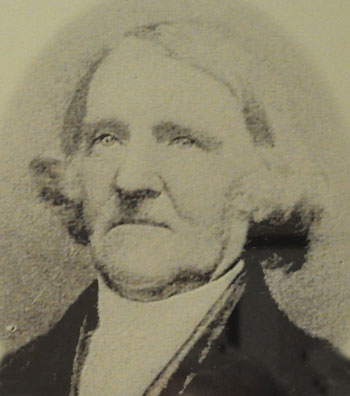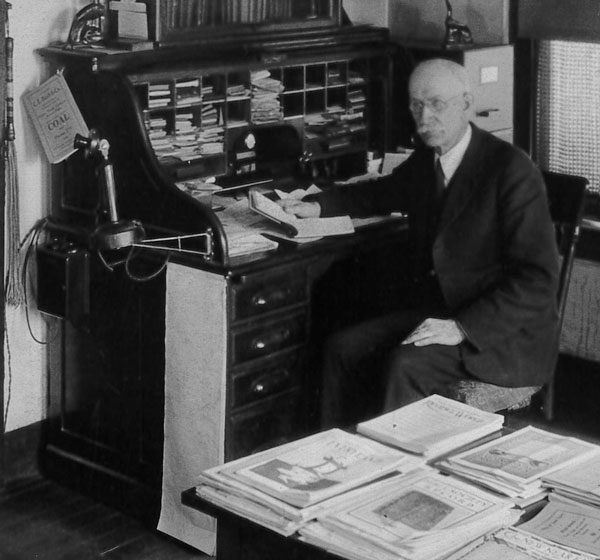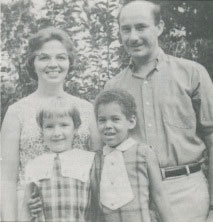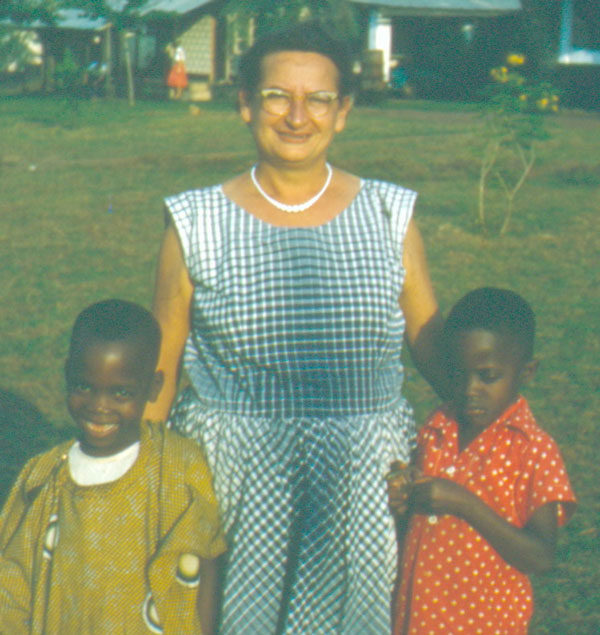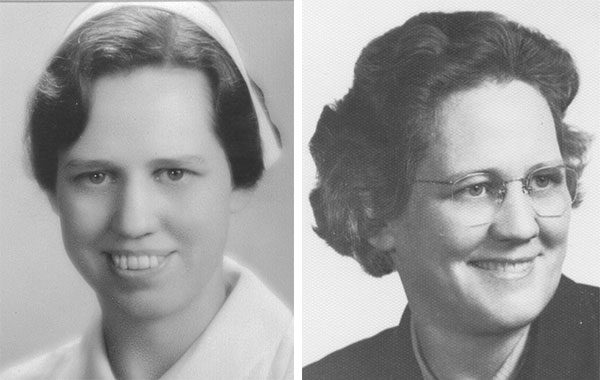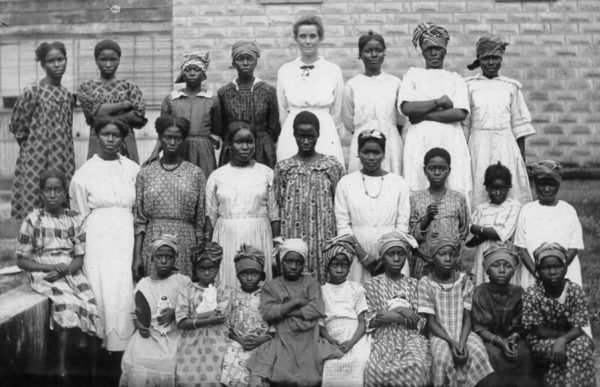14 Jul On This Day in UB History: July 14 (Paul Baker)
On July 14, 1991, Paul Baker held his last service as pastor of the denomination’s largest church, King Street UB in Chambersburg, Pa. In so doing, he concluded 30 years as the church’s pastor, and 36 years of pastoral ministry in the UB church—a career during which he gave leadership at nearly all levels of the denomination and in many aspects of the broader Christian community.
Paul Baker had gravitas—an imposing figure, a commanding presence, a deep, authoritative voice. He exercised strong leadership in Pennsylvania Conference and in many other capacities.
The youngest of five children, Paul Baker grew up on a farm in the Chambersburg area. He became a Christian at age 13 during services at Mt. Pleasant UB in Chambersburg, and received his call to the ministry there at age 18. He graduated from Huntington College in 1955 and returned to Chambersburg to become associate pastor of King Street, serving in that position for two years under Clyde W. Meadows. At the same time, he entered Lutheran Theological Seminary in Gettysburg, Pa., from which he graduated in 1963 with a Master of Divinity.
In 1957, Baker left King Street to become pastor of Otterbein UB in Greencastle, Pa. He remained there until 1961, when General Conference elected Dr. Meadows as bishop. So Meadows, who spent 33 years at King Street, was followed by a man who would stay 30 years.
Baker’s work extended far beyond the church. He had served as a conference superintendent beginning in 1967 and as senior superintendent since 1977. He had been a member of the denominational General Board continuously since 1967, and on its executive committee starting in 1981.
Baker joined the Huntington College Board of Trustees in 1970, and in 1979 received the “Distinguished Alumni Citation.” The college awarded him an honorary Doctor of Divinity degree in 1980.
Baker served on the board of the National Association of Evangelicals for ten years. And there were many other leadership roles—with Rhodes Grove Camp, the Salvation Army, Piney Mountain Home, the local ministerial association, YMCA, Kiwanis, and other groups.
Pat Jones was assigned as senior pastor of King Street effective August 1, 1991. Jones had just completed three years as pastor of Devonshire Memorial Church in Harrisburg, Pa. That same month, Dr. Baker assumed a new role with a local funeral home.
On January 14, 2001, King Street dedicated a 24,100 square-foot addition. It was primarily a gymnasium, which could seat over 500 people in the weekly contemporary worship service. They named it the Baker Center.

